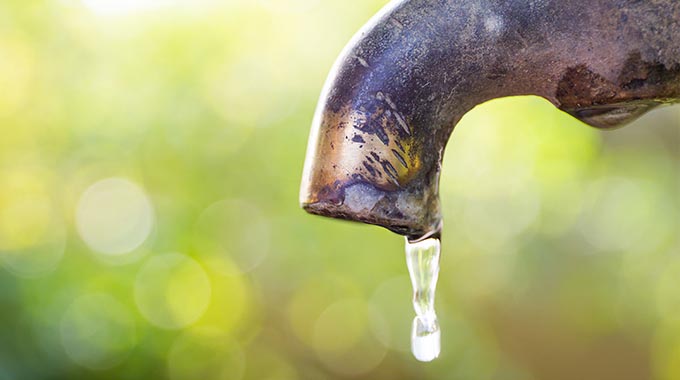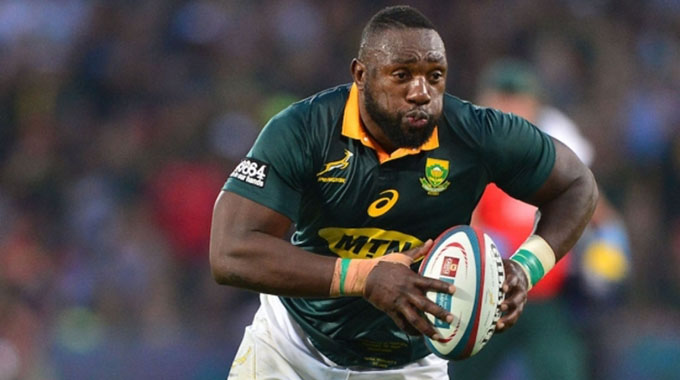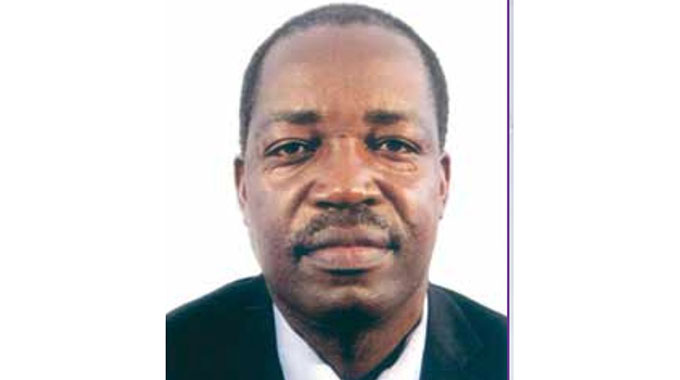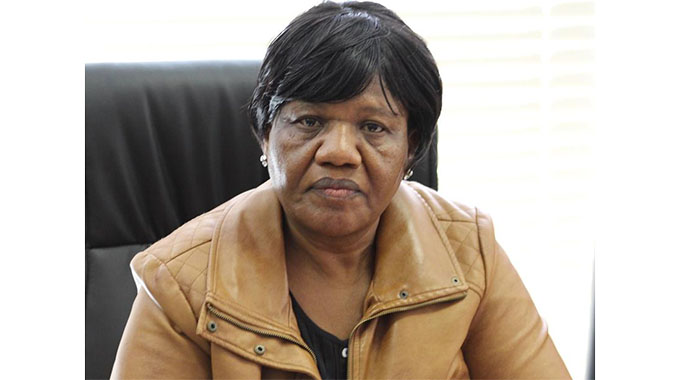Editorial Comment: Harare water: Resurrect what we had, then expand

The water troubles facing Harare and its four sister towns in the metropolitan area are the direct result of almost three decades of wilful neglect, mainly by Harare City Council, and the first stage of restoring the sort of water supplies needed is to rehabilitate and bring back into commission all what was done in the 1980s to double water supplies.
Harare City Council had before independence an ad-hoc policy of growing infrastructure to keep pace with population growth. This had seen the building of Seke Dam in the 1930s, the large jump of the joint council-Government dam that impounded Lake Chivero in the early 1950s, the expansion of the Seke scheme in the 1970s, and the Government building the dam to impound Lake Manyame in the later 1970s which then allowed all Lake Chivero water to be allocated to the city council since downstream water rights were taken up by the new dam.
While these dams were being built, the main Morton Jaffray Water Treatment Works was extended every few years and the Prince Edward Water Treatment Works at Seke Dam were completely rebuilt.
The first post-independence city council, faced with an end to unofficial colonial influx controls and a booming economy, saw city population growth accelerate and so took a deep breath and worked out a well-designed plan to double the water supply to the city and its surrounding towns by 1991.
The engineering and financial plan was developed by the team of top officials with input from high-end consultant engineers, debated and approved by the far-sighted city council, and then implemented in stages, starting with a programme of small annual rises in water charges to first build up a pool of cash and then to support the required loans for the balance.
To cope with the need for more raw water two programmes were initiated.
A tunnel was drilled from Lake Manyame to Morton Jaffray, the more expensive tunnel being chosen over a cheaper pipeline because running and maintenance costs were significantly lower.
At the same time Harare City Council finally decided to do something about its substandard inherited sewage treatment works and built brand new activated sludge plants at Firle and Crowborough that would allow almost pure water to be returned to Lake Chivero, thus recycling between a third to a half of delivered water.
To ensure that there was enough treated water Morton Jaffray was to be doubled in size. Since the existing works dated from between the 1950s and the 1970s, the plan rather cleverly was to keep water restrictions then in place — trivial compared to what is now the position — for another year while the old half was completely gutted and rebuilt.
To ensure that this treated water reached the people who wanted and needed it, the pipeline from Morton Jaffray to the city was doubled, from one line to two. The Warren Control, a large pump station, was to be commissioned to feed adequate water from the pipelines to the western and south-western areas, where a majority of the people lived.
The problem of servicing growing eastern and north eastern suburbs and Ruwa was tackled by expanding the already large Letombo reservoir complex and making sure that a good pipeline could augment Prince Edward water for that complex.
Everything went well, within budget and on time, until 1990. This extraordinary achievement owed a great deal to the first black mayor, Dr Tizirai Gwata.
He led a team of newcomers, but had a first eleven of highly-educated professionals and business people to give leadership. Mayor Gwata worked very hard to force a small “opposition” of experienced councillors, aldermen, from colonial days to climb aboard and join all debate.
As a result of his diplomacy and the wide range of new and old talent, council debate was informed and serious, if sometimes very long-winded, but the result was superb planning, usually passed unanimously and officials kept right up to the mark.
The result should have been, and almost was, an exceptionally modern water and sewage treatment system that would, with proper maintenance, give the city a decade-long breathing space while planning proceeded, with the Government, to build two new dams, one to the north and one to the south, upgrade sewage treatment works for Ruwa and Chitungwiza, and continue keeping the capital city and its surrounding towns right up there with middle-income country services.
But in 1991, the wheels started coming off. First a higher percentage of second-raters entered council. These populists, backed by a weak local government minister, dumped the financial plan to keep tariffs at least constant in real terms.
Corruption and inefficiency started creeping in. The plan to rebuild the old half of Morton Jaffray went out the window, which is why we now have almost 70-year-old bits at the water works.
No one was interested in continuing to expand sewage treatment to keep pace with population, or even properly maintaining what had been built. For almost three decades nothing was done. That is the tragedy.
So now we process even less water than we did at independence. We fill Lake Chivero with filth. We do not replace or maintain major pipelines. We have a broken down water treatment works.
We have had a series of councils that either collapsed or had serious problems finding the talent required to chair committees and so keep officials on their toes and make the required long-term and short-term plans. Populism, personal interest, corruption and sheer ignorant inefficiency ruled.
Now we have a new chance with President Mnangagwa putting Harare metropolitan water supplies high on his “must” list, and a mayor and council prepared to accept help and clean up their own act.
But we have to overcome those three decades of neglect, resurrect the infrastructure left by the 1980s councils as a start, and then build what we should have built in those wasted decades.
Solutions will not be instant, but we need to start today.











Comments